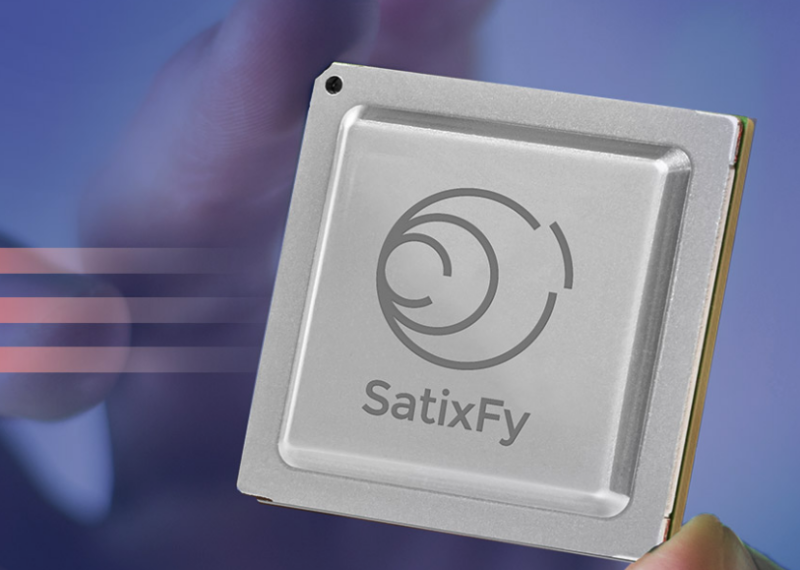Nine-Month Sales Boost Offsets SatixFy’s Higher Operating Costs in Latest Financial Results

A SatixFy chip. Photo: SatixFy
Israeli satellite communication chipsets and systems developer SatixFy boasted an increase in product sales and revenue in its consolidated financial results for the nine-month period ending in September.
The results, released early on Thursday, showed SatixFy’s total revenue increasing 31% to $8.9 million. The company reached $6.8 million in revenue during the first nine months of 2022. SatixFy also saw a 21% increase in gross profit from $3.7 million in 2022 to $4.5 million in 2023.
SatixFy’s operating losses jumped from $16.8 million in the first nine months of 2022 to $28.1 million this year. The company said it spent more money on research and development related to the final design stage of the Company’s advanced space-grade chips, encompassing tape-out costs and post-manufacture testing expenses.
SatixFy spent $31.8 million on finance expenses compared to $9.8 million in the same period in 2022. The increase was related to costs associated with the $60 million agreement SatixFy signed to sell its digital payload division to Canadian satellite manufacturer MDA. Under the terms of the agreement, MDA paid $40 million for the subsidiary, and an additional $20 million in advanced payments under new commercial agreements for future orders of space grade chips. Satixfy and MDA closed the deal in October.
SatixFy Acting CEO Nir Barkan said the company was happy with its financial results so far in 2023. “With upcoming chip releases, we are in active discussions with key potential customers, which we aim to bring to a successful conclusion in the coming quarters,” Barkan said in a statement accompanying the results. “We believe we are at a pivotal moment in our industry, given the rapidly growing Low Earth Orbit (LEO) satellite market. We remain committed to continuing our significant investments in R&D in order to maintain our leading edge and advance our satellite communication systems and chipsets.”